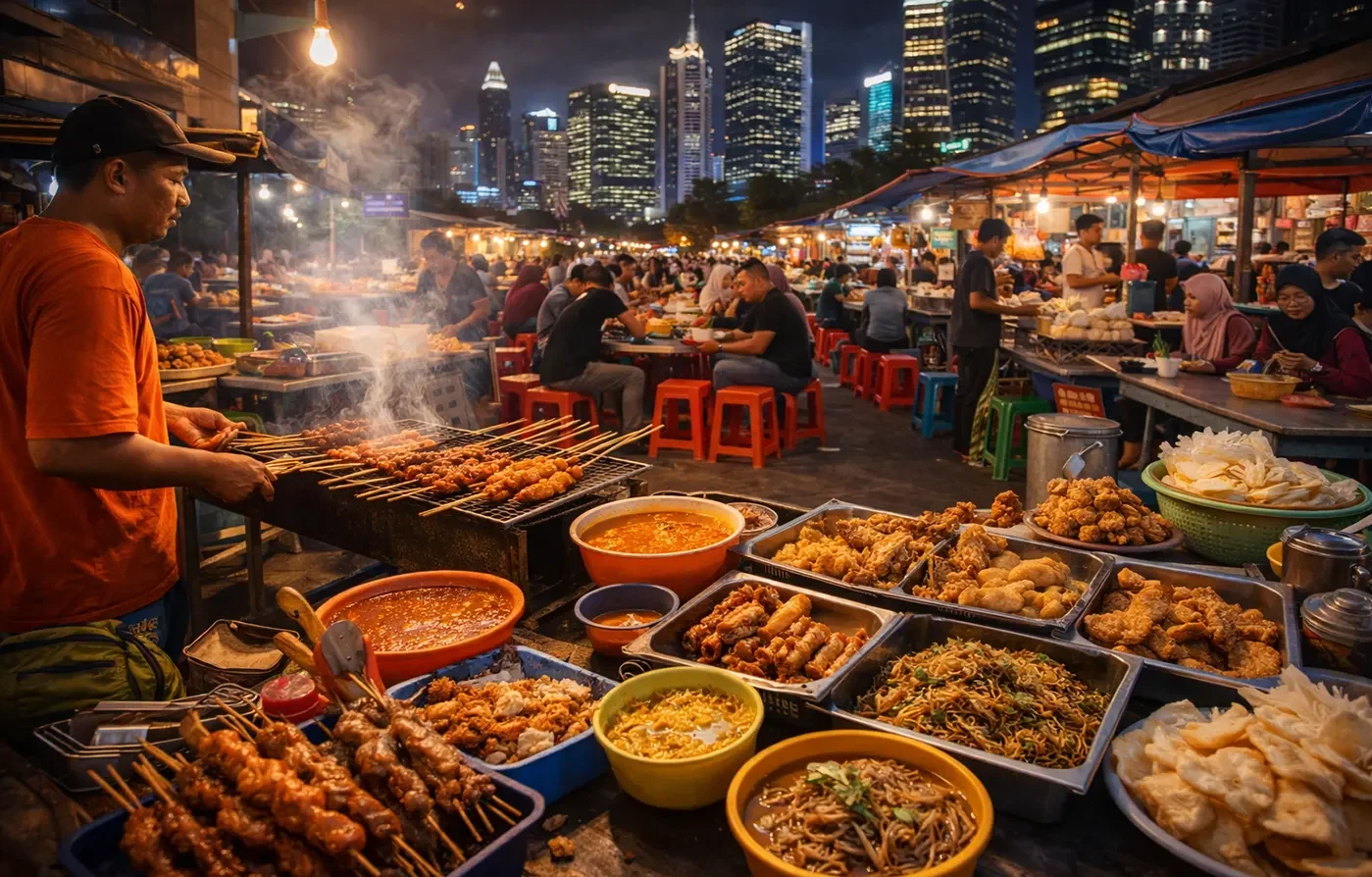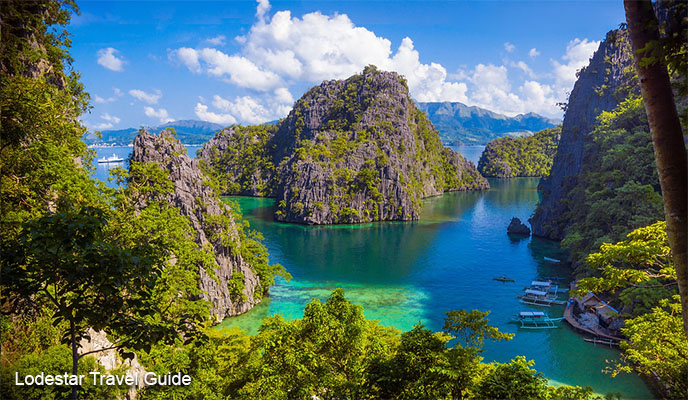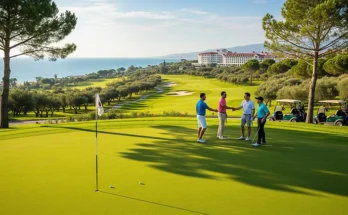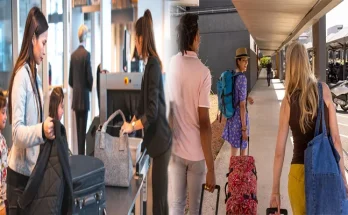Famous for its natural and cultural treasures, the Philippines is one of the world’s top tourist destinations. A beautiful country surrounded by water, the Philippines is a melting pot of Eastern and Western cultures, boasting influences from American rulers, Spanish conquistadors, and Chinese merchants. You’ll find a unique combination of diversity and homogeneity in everything in the Philippines.
The Southeast Asian country’s tourism slogan is “It’s More Fun in the Philippines” because the country has something to offer to travelers of all stripes. Whether you are an outdoorist or love spending time indoors, a history buff or a fan of contemporary art, a nature enthusiast or a shopaholic, the Philippines caters to all types of travelers.
Regardless of what type of travel adventure you are looking for, the Philippines won’t disappoint you. The country features an eclectic array of natural treasures, ranging from beaches and islands to mountains and rainforests.
More than that, the country is home to some of the world’s most famous cultural sites including church complexes, mosques, temples, historical residences, archaeological sites, and many miscellaneous structures.
What’s even more exciting is the country’s food scene! Though Filipino cuisine is not as famous as other Asian cuisines, you’ll fall in love with it as soon as you take the first noble of adobo. If you are visiting the Philippines for the first time, you must know that there is nothing that Filipinos love more than food. You can treat your palate to an incredibly diverse variety of foods in the Philippines.
With so much to see and do, you need a well-laid-out itinerary that takes you through all major attractions in the Philippines in the shortest possible time. You need a minimum of two weeks to visit top-rated tourist spots.
Discover the natural and cultural treasures of the country. Find out what’s the best time to visit the country. Learn how to get around in the Philippines. Discover the best places to stay and eat. This ultimate guide will walk you through everything you need to know to plan your next vacation to the Philippines.
What’s the best time to visit the Philippines?
There are two distinct seasons in the Philippines, the wet season and the dry season. The former is from July to October. During the wet season, the country is hit by an average of nine typhoons which may cause landslides and flooding in some areas. Due to heavy rainfall, it’s not a good idea to visit the country during the wet season.
The best time to visit the Philippines is during the dry season which is from November to June. While temperatures greatly fluctuate between different regions of the country, May is the warmest month and January is the coolest. You must know that it does not rain every day during the wet season, except in some areas that experience rainfall throughout the year.
It may not be a good idea to visit the Philippines between June to November. During these months, there’s heavy and continuous rainfall with typhoons coming one after the other. If you are visiting the country for its pristine beaches or outdoor adventures, you may want to plan your vacation between December and May as these are the sunniest months. Be sure to check the weather forecast for the Philippines destinations you are planning to visit.
Where to Go and Philippines Itinerary
With a cornucopia of adventures to experience and destinations to explore, putting around a perfect Philippines itinerary is very difficult, especially for first-timers. You can’t cover seven thousand islands in weeks or even months. However, you can make the most of your visit by covering famous destinations of the three island groups of the Philippines: Luzon, Visayas, and Mindanao.
Before planning a vacation to the Philippines, you must know where your chosen destinations are as your budget and itinerary will depend on the distances between each place. People flying from outside the Philippines are most likely to land in Manila, the country’s capital on the island of Luzon.
Some of the top-rated tourist attractions in Manila include Quiapo Church, Intramuros, Manila Ocean Park, and Fort Santiago. All you need is a day in Manila to cover these sites. Visit Manila to indulge in outdoor activities like beach sports, sightseeing, hiking, and island-hopping.
Visayas, in Central Philippines, is home to Panay, Negros, Cebu, Bohol, Leyte and Samar islands. Most connecting flights to other Visayan destinations continue from Cebu.
Some of the famous attractions of Visayas include Pandanon Island, Mt. Kan-Irag, Olango Island, Balinghai Beach, Yap-Sandiego Ancestral House, Fort San Pedro, and Cebu Heritage Monument. You’ll need a minimum of five days to explore Central Visayas, starting the tour from Cebu.
Located in the southern part of the country, Mindanao includes Zamboanga, Siargao, Cagayan de Oro, and Camiguin islands, to name a few. The main gateway to these destinations is Davao City, a coastal commercial center near Mt. Apo, the highest peak of the Philippines.
You need a week in Mindanao to explore all major attractions including Maria Cristina Falls in Iligan, Eden Nature Park in Davao, White Island in Camiguin, and Panampangan Island in Tawi-Tawi.
How to Travel to and around the Philippines
Most international flights to the Philippines land at one of the two major airports: Ninoy Aquino International Airport, Manila, and Mactan–Cebu International Airport, Cebu. The quickest way to get to the Philippines is by direct flight via Cathay Pacific. The airline offers both direct and layover flights to Manila from more than 100 cities around the world.
Many budget flights and ferry services are available to travel between major destinations within the country. As everything routes through Cebu and Manila, it will be easier for you to get a bus, or FX taxi upon reaching the airport.
Shuttle vans are used to get between towns on different islands. They are accessible in Manila, Cebu, Siargao, Palawan, and many other cities and provinces. There are affordable bus services available for covering distances within cities. Some cities also provide access to tricycles i.e. motorbikes with sidecars, for covering short journeys.
Ferries are available for traveling between different islands in the Philippines. You can easily boat between Cebu and Bohol, Siquijor to Cebu, and Coron and El Nido.





